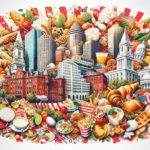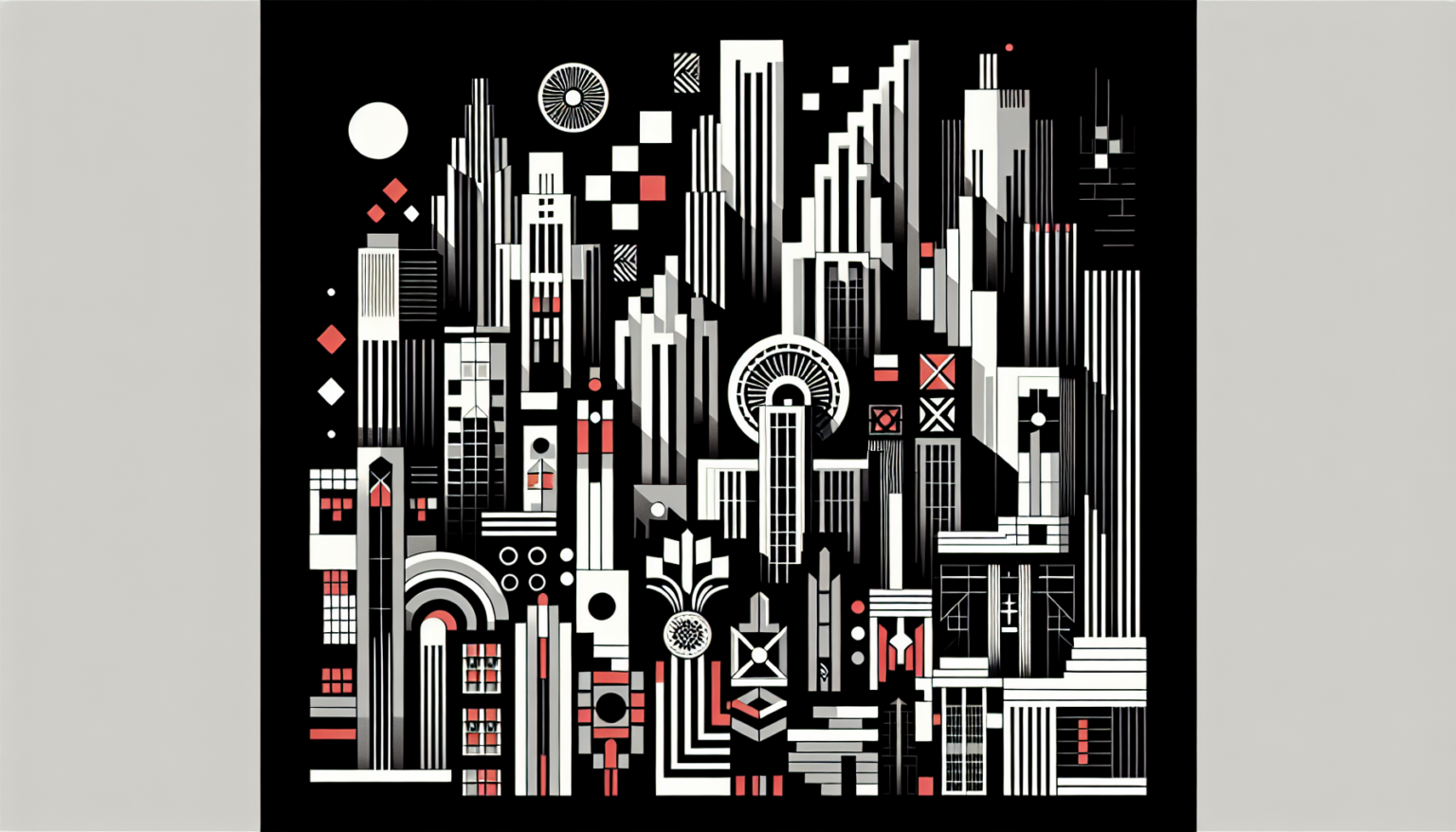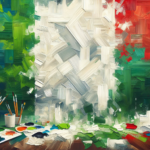The Centre Pompidou in Paris is hosting a landmark exhibition titled “Paris Noir: Artistic Circulations and Anti-Colonial Resistance 1950–2000.” The show aims to shed light on the vibrant community of Black artists active in Paris during the latter half of the 20th century. One standout work is Georges Coran’s “Délire et paix” (1954), a colorful ink painting on cotton. Coran’s daughter, Claude Coran, lent the work to the Pompidou and was overcome with emotion upon seeing it in the exhibition.
“Paris Noir” includes around 350 artworks from 150 mostly underrecognized artists. The exhibition spans various media and delves into themes like Afro-Atlantic abstractions, Surrealism, anti-colonial activism, and the translation of jazz into visual forms. The exhibition explores the diverse experiences and artistic styles of these diasporic artists.
Paris served as both a geographical and artistic nexus, influencing their practices and fostering connections between them. Many African American artists, including Ed Clark, found Paris to be a liberating place compared to the racially segregated United States.
Paris Noir exhibition highlights diasporic art
Clark developed his “big sweep” approach to abstraction while in Paris. Photographer Ming Smith, who arrived in Paris in the 1970s, also features prominently in the show. Her works highlight her encounters with notable figures and her artistic journey.
Martinique-based artist Valérie John created a multimedia installation at the heart of the Pompidou show. Titled “Secret(s) …Rêves de Pays… Fabrique à Mémoire(s)…Palimpseste…” (1998–2025), it features an indigo ocean filled with objects and sounds from Africa and the Caribbean. While “Paris Noir” has parallels to exhibitions in the US and UK, its focus on Black artists is particularly controversial in France.
The exhibition’s political significance lies in challenging France’s colorblind social ideal. “Paris Noir” is on view through June 30 at the Centre Pompidou, representing a significant step toward recognizing the contributions of Black artists in postwar Paris.












